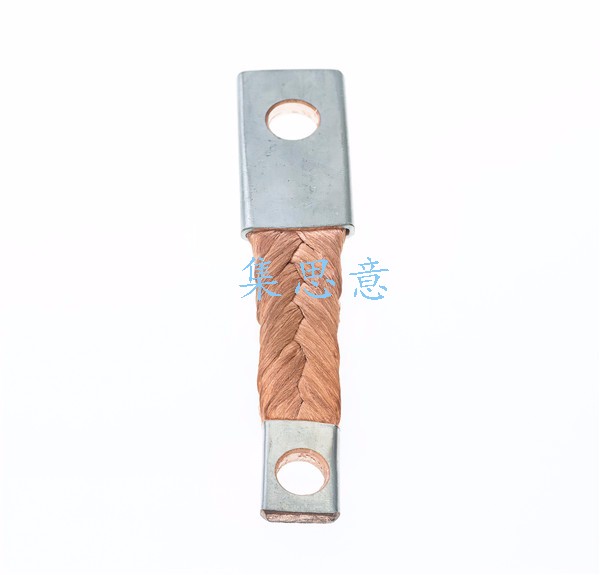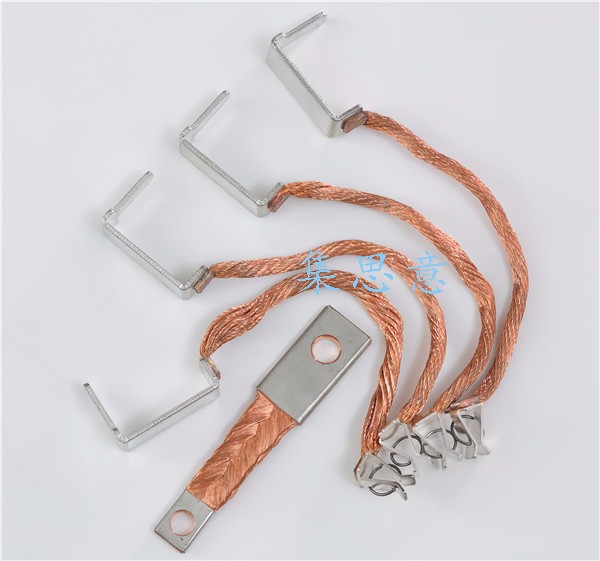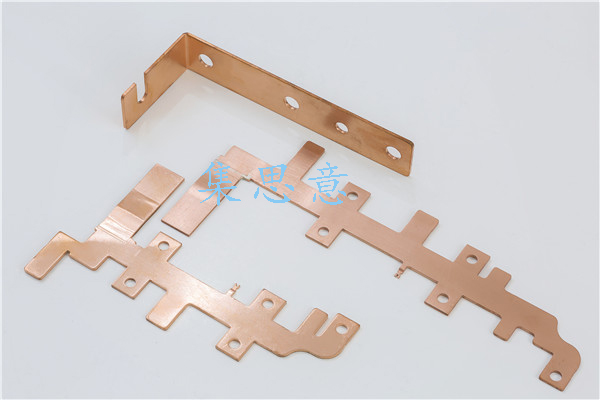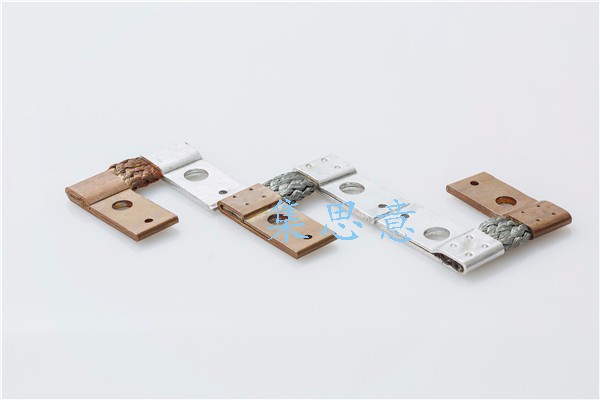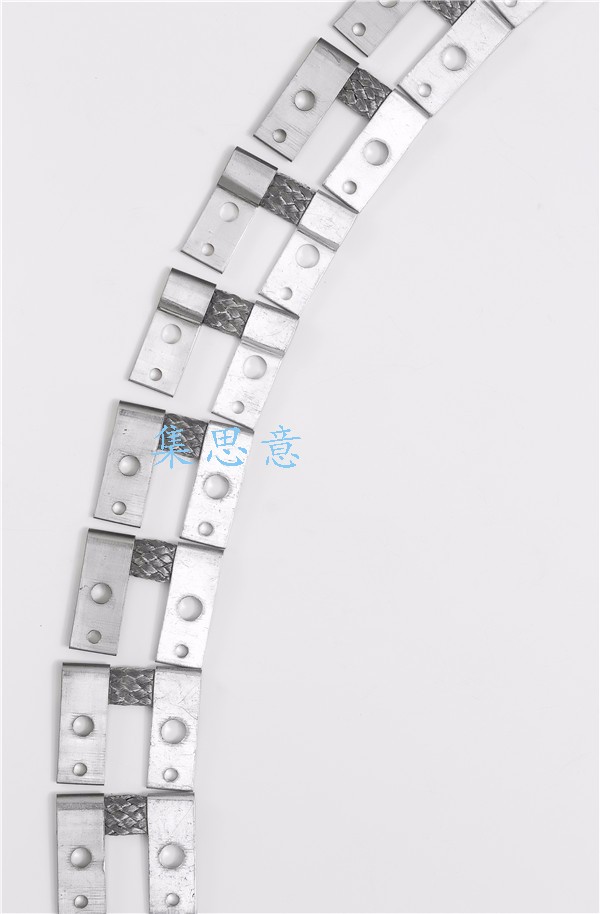1. Ensure construction quality, especially the production quality of cable heads, must strictly comply with the specified requirements.
2. Regularly conduct cable testing and promptly address any issues found.
3. Install a fire alarm device to immediately detect the fire and avoid cable fires.
4. The cable trench should be kept dry to prevent the cable from getting damp, causing insulation degradation and causing short circuits.
5. Enhance cable operation monitoring to avoid cable overload operation.
6. Occasionally clean the dust accumulated on the cable to prevent it from self igniting and causing the cable to catch fire.
7. Strengthen the regular calibration and maintenance of cable circuit switches and protections to ensure their reliable operation.
8. When laying cables, it is necessary to maintain sufficient distance from the thermal pipeline and control the cable to be ≥ 0.5 meters; Power cable ≥ 1 meter; Control cables and power cables should be divided into slots, layers, and arranged separately, and overlapping between layers is not possible; For areas that do not meet the designated requirements, cables should be equipped with flame retardant and thermal insulation measures.
9. Provide necessary firefighting equipment and facilities. The fire of overhead cable can be put out by common fire extinguishing equipment, but automatic or remote control fire extinguishing devices, such as 1301 fire extinguishing device, water spray fire extinguishing device, should be installed at cable interlayer, shaft, trench and tunnel.
10. Take fire and flame retardant measures.
The fire and flame retardant measures for cables include:
(a) Apply fireproof coating on the surface of the cable.
(b) Wrap fireproof tape around the parts of the cable that need to be flameproof.
(c) Seal the holes of cables passing through walls, bottom of panels, and shafts tightly with refractory materials to avoid the expansion of the fire caused by the diffusion and spread of high-temperature smoke when the cables catch fire.
(d) Install heat-resistant fire barriers between cable layers, segmented partitions, and fire doors to prevent cross fire between cable layers and expand the fire situation.
(e) Wrap the cable with insulation and flame resistant material. When the surrounding area of the cable catches fire, the wrapped cable is insulated and isolated from the fire to prevent burning. If the cable itself catches fire, the lack of oxygen in the wrapping body can cause the fire to self extinguish and prevent the fire from spreading to the outside of the wrapping body.
2. Regularly conduct cable testing and promptly address any issues found.
3. Install a fire alarm device to immediately detect the fire and avoid cable fires.
4. The cable trench should be kept dry to prevent the cable from getting damp, causing insulation degradation and causing short circuits.
5. Enhance cable operation monitoring to avoid cable overload operation.
6. Occasionally clean the dust accumulated on the cable to prevent it from self igniting and causing the cable to catch fire.
7. Strengthen the regular calibration and maintenance of cable circuit switches and protections to ensure their reliable operation.
8. When laying cables, it is necessary to maintain sufficient distance from the thermal pipeline and control the cable to be ≥ 0.5 meters; Power cable ≥ 1 meter; Control cables and power cables should be divided into slots, layers, and arranged separately, and overlapping between layers is not possible; For areas that do not meet the designated requirements, cables should be equipped with flame retardant and thermal insulation measures.
9. Provide necessary firefighting equipment and facilities. The fire of overhead cable can be put out by common fire extinguishing equipment, but automatic or remote control fire extinguishing devices, such as 1301 fire extinguishing device, water spray fire extinguishing device, should be installed at cable interlayer, shaft, trench and tunnel.
10. Take fire and flame retardant measures.
The fire and flame retardant measures for cables include:
(a) Apply fireproof coating on the surface of the cable.
(b) Wrap fireproof tape around the parts of the cable that need to be flameproof.
(c) Seal the holes of cables passing through walls, bottom of panels, and shafts tightly with refractory materials to avoid the expansion of the fire caused by the diffusion and spread of high-temperature smoke when the cables catch fire.
(d) Install heat-resistant fire barriers between cable layers, segmented partitions, and fire doors to prevent cross fire between cable layers and expand the fire situation.
(e) Wrap the cable with insulation and flame resistant material. When the surrounding area of the cable catches fire, the wrapped cable is insulated and isolated from the fire to prevent burning. If the cable itself catches fire, the lack of oxygen in the wrapping body can cause the fire to self extinguish and prevent the fire from spreading to the outside of the wrapping body.

